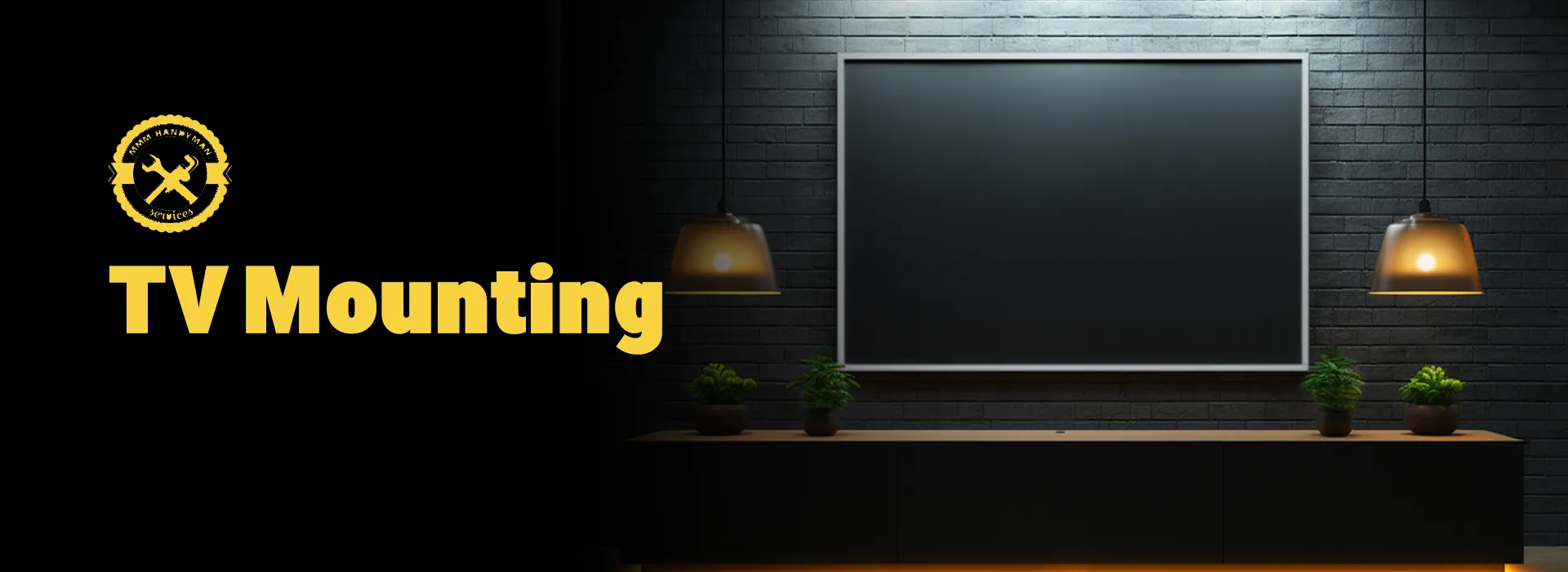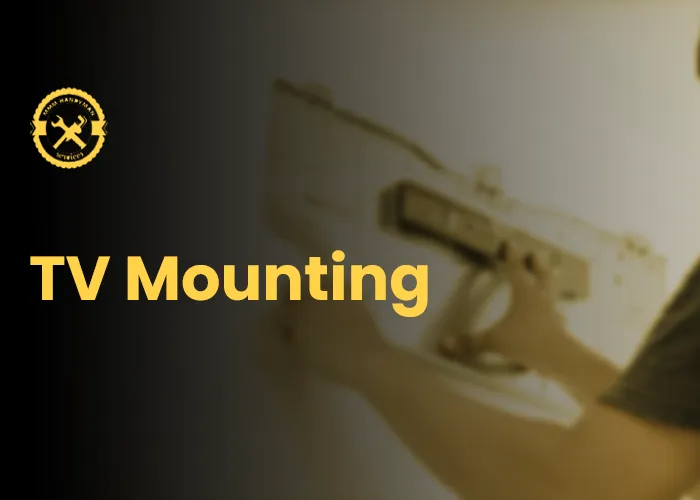
Introduction
TV mounting has become increasingly popular as households shift towards sleek, minimalist designs and seek to maximize their living space. Mounting a television on a wall not only enhances the aesthetic appeal of a room but also offers practical benefits such as better viewing angles and freeing up space. This article explores the concept of TV mounting, its benefits, types, installation processes, and tips for choosing the right mount for your needs.
What is TV Mounting?
TV mounting involves securing a television to a wall or ceiling using specialized brackets and hardware. This process can be performed for various types of televisions, including LCD, LED, OLED, and plasma screens. The goal is to provide a stable and secure installation that optimizes the viewing experience while ensuring safety.
Benefits of TV Mounting
- Space-Saving
Mounting a TV on the wall frees up valuable floor space that would otherwise be occupied by a TV stand or entertainment center. This can make a room appear larger and more open, providing more flexibility in furniture arrangement and use of space.
- Enhanced Viewing Experience
Wall-mounted TVs can be positioned at the optimal height and angle for comfortable viewing. This reduces neck and eye strain, providing a better overall viewing experience. Many mounts offer adjustable features, allowing users to tilt, swivel, or rotate the TV to achieve the best possible angle.
- Improved Safety
Securing a TV to the wall reduces the risk of it being knocked over, which can be especially important in households with children or pets. Properly mounted TVs are less likely to fall and cause injury or damage.
- Aesthetic Appeal
Wall-mounted TVs contribute to a clean, modern look by eliminating the need for bulky furniture. Cable management systems can hide unsightly wires and cables, further enhancing the room’s appearance.
Types of TV Mounts
- Fixed Mounts
Fixed mounts are the most basic type of TV mounts, holding the TV flat against the wall without any movement. They are ideal for situations where the viewing position remains constant and no adjustments are needed.
- Tilting Mounts
Tilting mounts allow the TV to tilt up or down, providing flexibility to adjust the viewing angle and reduce glare from lights or windows. This type is useful for TVs mounted higher on the wall, such as above a fireplace.
- Full-Motion Mounts
Full-motion mounts, also known as articulating mounts, offer the highest level of flexibility. They allow the TV to be extended, tilted, swiveled, and rotated in various directions. These mounts are perfect for rooms where the viewing angle needs to change frequently or for corner installations.
- Ceiling Mounts
Ceiling mounts are used when wall mounting is not feasible or when a unique viewing angle is desired. These mounts can be especially useful in commercial settings or rooms with limited wall space.
Installation Process
- Choose the Right Mount
Selecting the appropriate mount for your TV involves considering factors such as the TV’s size and weight, the desired viewing angle, and the wall type (drywall, brick, concrete, etc.). Ensure the mount is compatible with your TV’s VESA (Video Electronics Standards Association) pattern, which dictates the spacing of the mounting holes.
- Gather Tools and Materials
Basic tools needed for TV mounting include a drill, stud finder, level, screwdriver, measuring tape, and possibly a wrench. Mounting hardware, such as screws and bolts, is usually included with the mount.
- Find the Studs
Using a stud finder, locate the wall studs where the TV will be mounted. Studs provide the necessary support to hold the weight of the TV securely. Mark the stud locations with a pencil.
- Attach the Mount to the Wall
Align the mounting bracket with the marked stud locations and use a level to ensure it is straight. Drill pilot holes into the studs and then attach the mount to the wall using the provided hardware. Ensure all screws are tightened securely.
- Attach the Mounting Plate to the TV
Secure the mounting plate to the back of the TV using the appropriate screws and bolts. Make sure the plate is attached firmly and evenly.
- Mount the TV
Carefully lift the TV and attach it to the wall mount, following the manufacturer’s instructions. Double-check that the TV is securely attached and that all adjustments work correctly.
- Cable Management
Use cable management solutions, such as cable covers or in-wall kits, to hide and organize cables for a clean look. Ensure all connections are secure and functioning properly.
Tips for Choosing the Right TV Mount
- Consider the Viewing Distance
The ideal viewing distance depends on the size of your TV. Generally, the larger the TV, the further away it should be placed. Refer to manufacturer guidelines for optimal viewing distances.
- Check Weight Capacity
Ensure the mount can support the weight of your TV. Overloading a mount can lead to instability and potential damage.
- Evaluate Adjustability Needs
Consider how often you’ll need to adjust the TV’s position. Fixed mounts are best for static setups, while full-motion mounts offer greater flexibility for dynamic viewing environments.
- Assess Wall Structure
Different wall types require different mounting approaches. Drywall mounts need to be anchored into studs, while brick or concrete walls may require special hardware.
- Aesthetic Preferences
Choose a mount that complements your room’s design and layout. Slim, low-profile mounts are great for a sleek look, while full-motion mounts provide functional flexibility.
Conclusion
TV mounting is a practical and stylish solution for modern home entertainment setups. By understanding the benefits, types, and installation process, homeowners can choose the right mount to enhance their viewing experience and optimize their living space. Whether opting for a fixed, tilting, full-motion, or ceiling mount, proper installation and cable management are key to achieving a safe and visually appealing setup.

